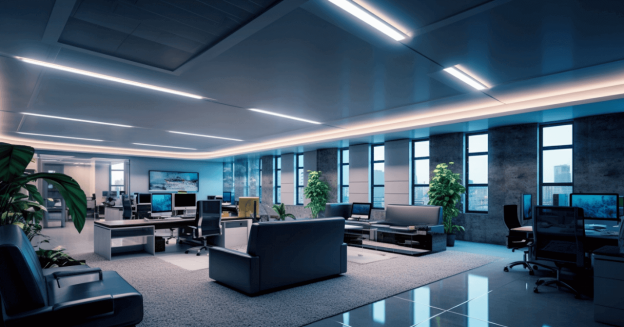Installation Requirements and Precautions for Common Lighting Fixtures – A Must-Read Guide
In the electrical field, installing lighting fixtures involves more than just connecting power to the lamps. It encompasses electrical safety, lighting effects, and long-term equipment stability. This guide offers a professional breakdown of the installation methods for three common types of lighting fixtures—incandescent, fluorescent, and LED ceiling lights—ensuring a safe and efficient lighting system.
Installation Requirements
Preparation Steps
- Pre-Embedded Work: Ensure pre-installed components like bolts and hanging rods during construction.
- Surface Preparation: Complete plastering and clearing of the installation area.
- Equipment Check: Verify technical documents, model specifications, and appearance quality upon delivery.
Key Installation Tips
- Insulation: Wire ends should extend beyond the insulation platform.
- Connections: Ensure secure and proper electrical contact.
- Grounding: Install clear grounding marks on non-conductive metal parts.
- High-Risk Areas: Use lighting with a rated voltage below 36V in hazardous areas.
Installation Methods
Ceiling Lights
Installed directly on the ceiling, often using milky white glass shades to reduce glare.

Suspended Lights
Hung from the ceiling using wires, chains, or steel pipes, commonly paired with various shades.

Recessed Lights
Embedded in the ceiling, ideal for spacious areas like halls and entertainment venues.

Wall Lights
Mounted on walls using brackets, often for localized lighting and decorative purposes.

Table and Floor Lamps
Portable lights for localized illumination, also serving a decorative role.
Specific Lighting Fixture Installation
Incandescent Lamp
Threaded Flat Lamp Holder:
- Pass the wire through the insulation platform and secure it.
- Connect the wire to the lamp holder terminals, ensuring correct phase connections.
- Use ceramic lamp holders in damp environments, with rubber pads to prevent moisture.

Chandelier Installation:
- Secure the chandelier using a suspension box and insulated wires.
- Ensure wire knots within the box to prevent direct tension on wire cores.
- For threaded lamp holders, connect the neutral wire to the copper sleeve and the live wire to the center spring.
Fluorescent Lamp
Installation Tips:
- Match ballasts with power supply and lamp power.
- Install glow starters for easy maintenance.
- Use spring or rotating lamp holders for secure contact.
- Secure lamps with spring safety feet or ties to prevent loose connections.
- Suspend lamp frames with rods or chains, avoiding direct wire connections.
LED Ceiling Light
Wiring: Use wires with a cross-sectional area of at least 0.4mm². Ensure firm wire connections to prevent sparking.
Mounting Method:
- Use embedded bolts, expansion bolts, nylon, or plastic plugs for brick installations.
- Match bolt load capacity with light weight for secure installation.
- Drill holes and select bolt specifications according to product requirements.
- Ensure multiple bolts or screws for stability, especially for heavier fixtures.
- Do not mount LED lights directly on combustible materials. Implement heat dissipation measures if necessary.
Conclusion
Proper installation of lighting fixtures is crucial for electrical safety and lighting efficiency. By following professional guidelines and techniques, you can ensure the long-term stability of your lighting system.

